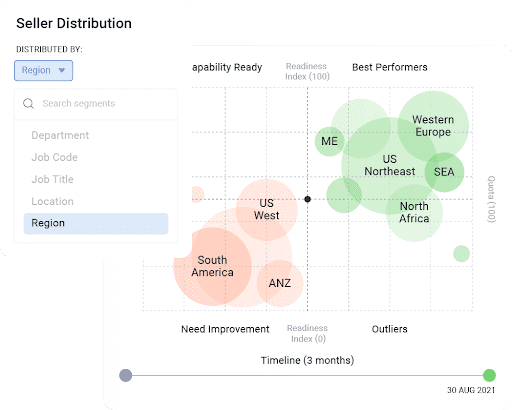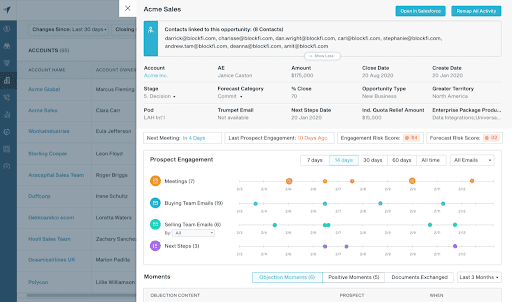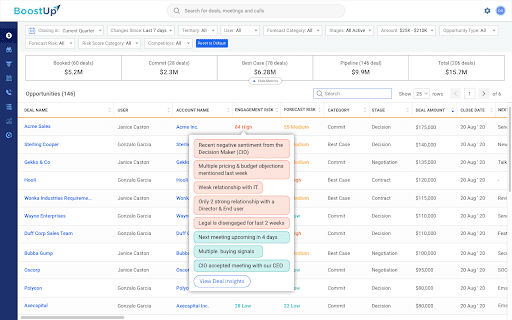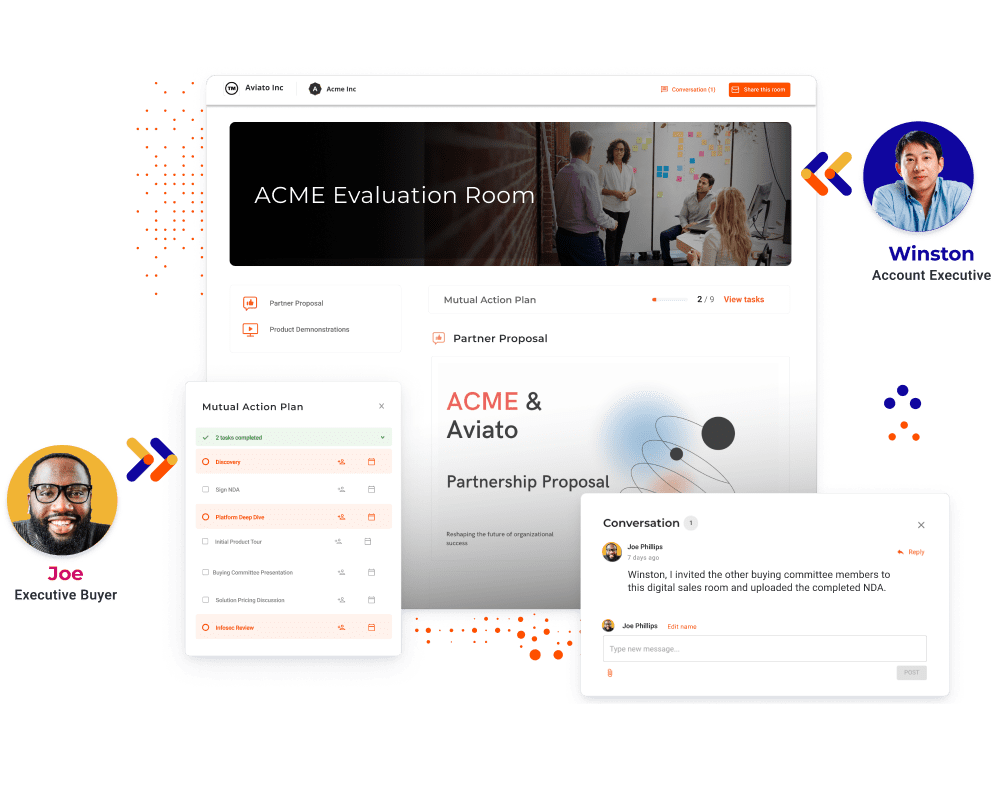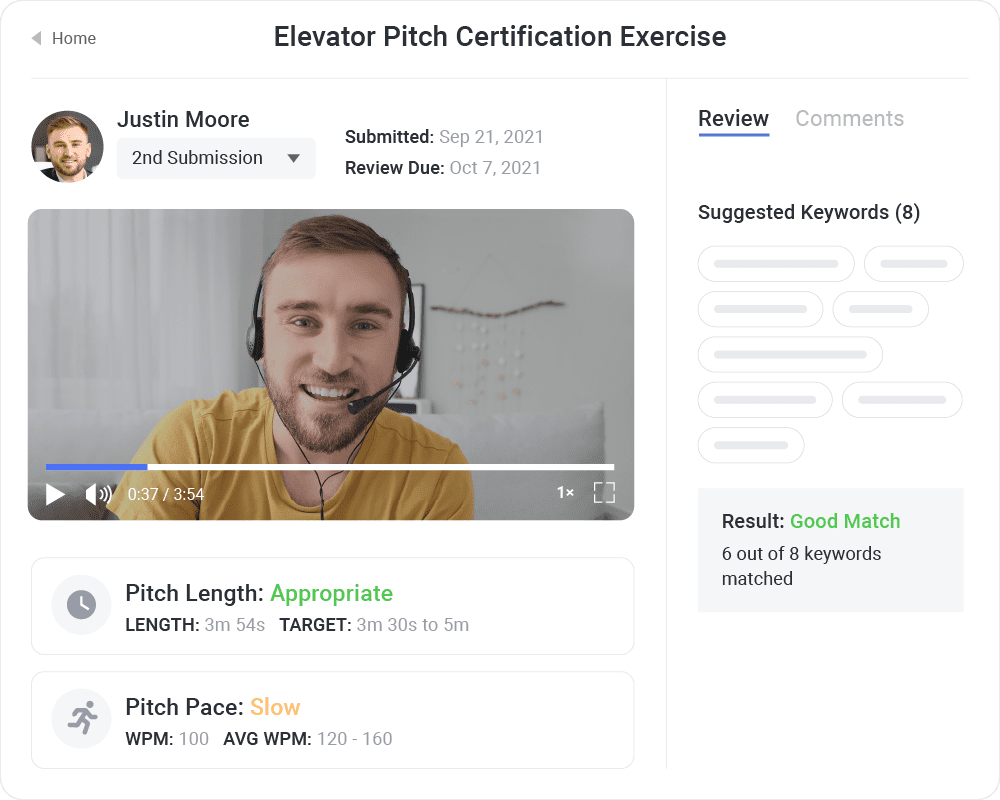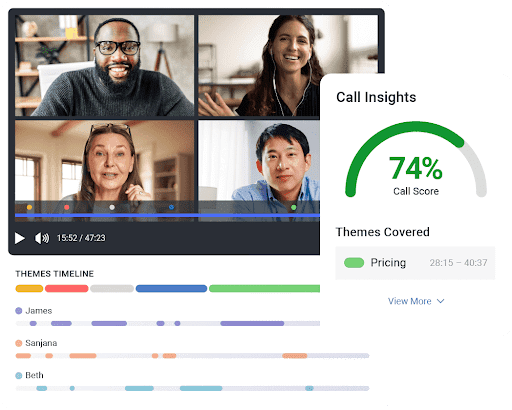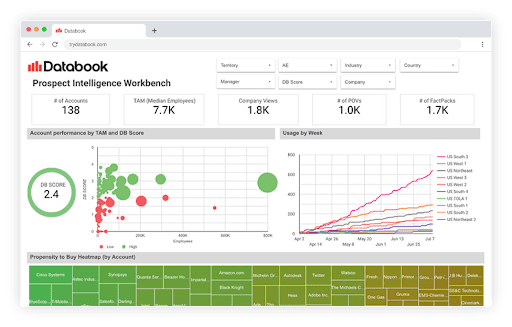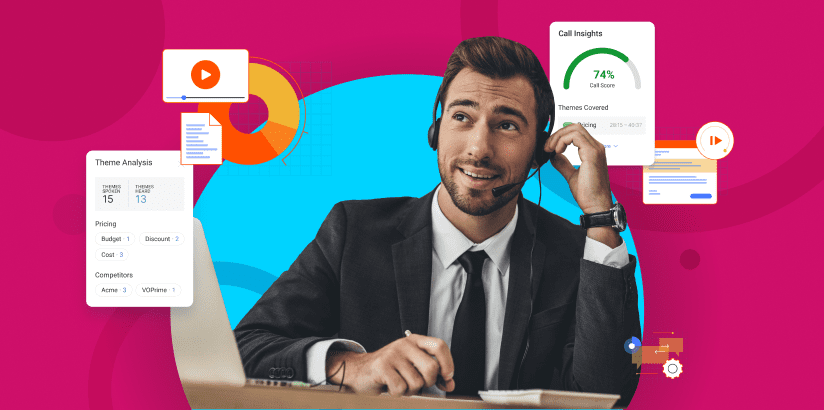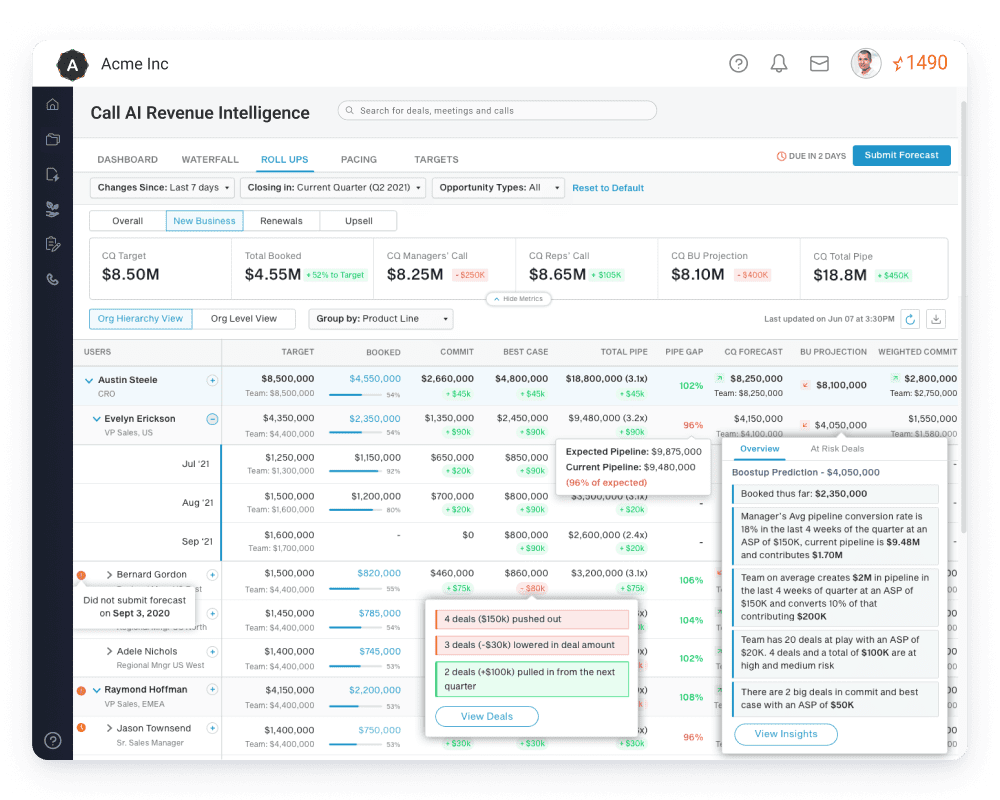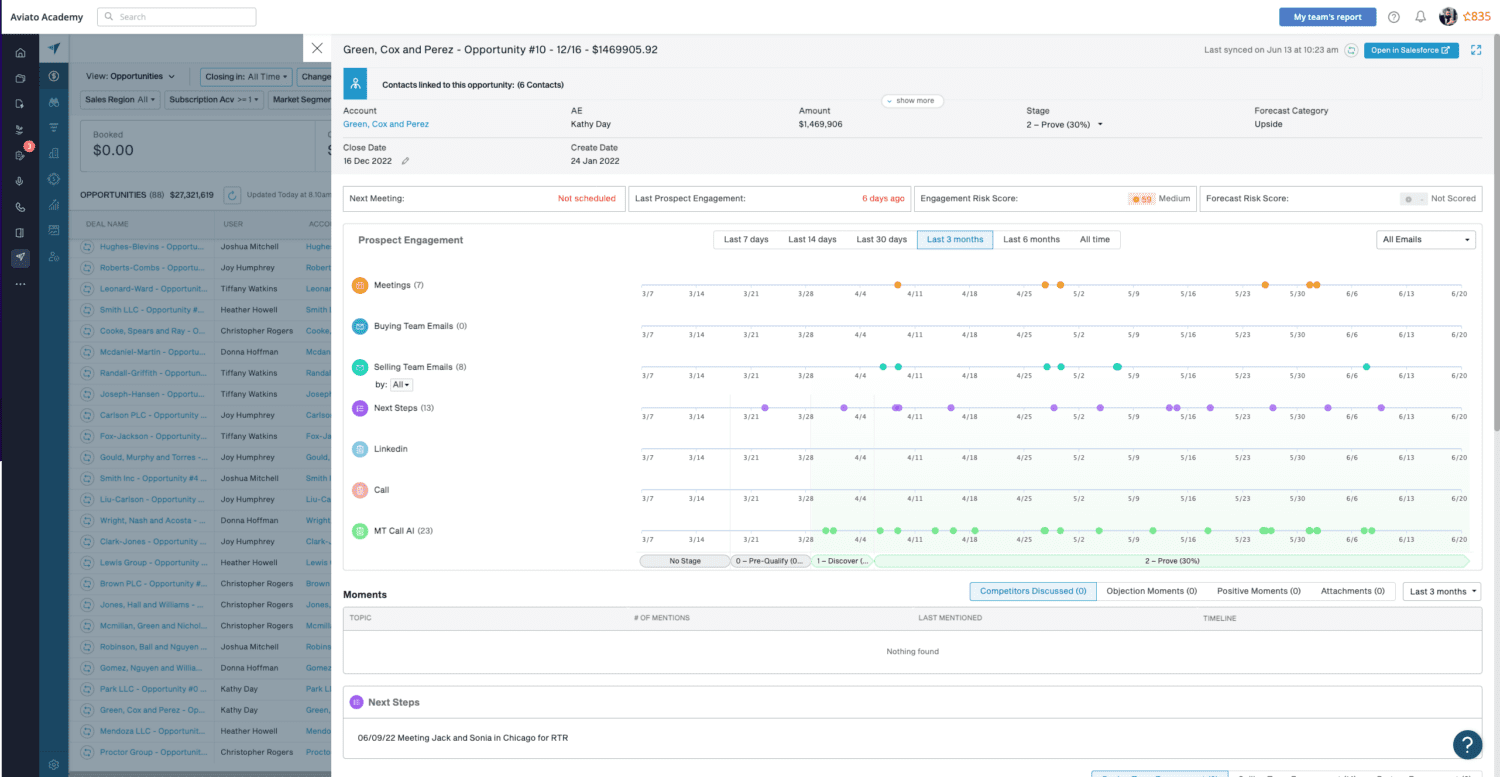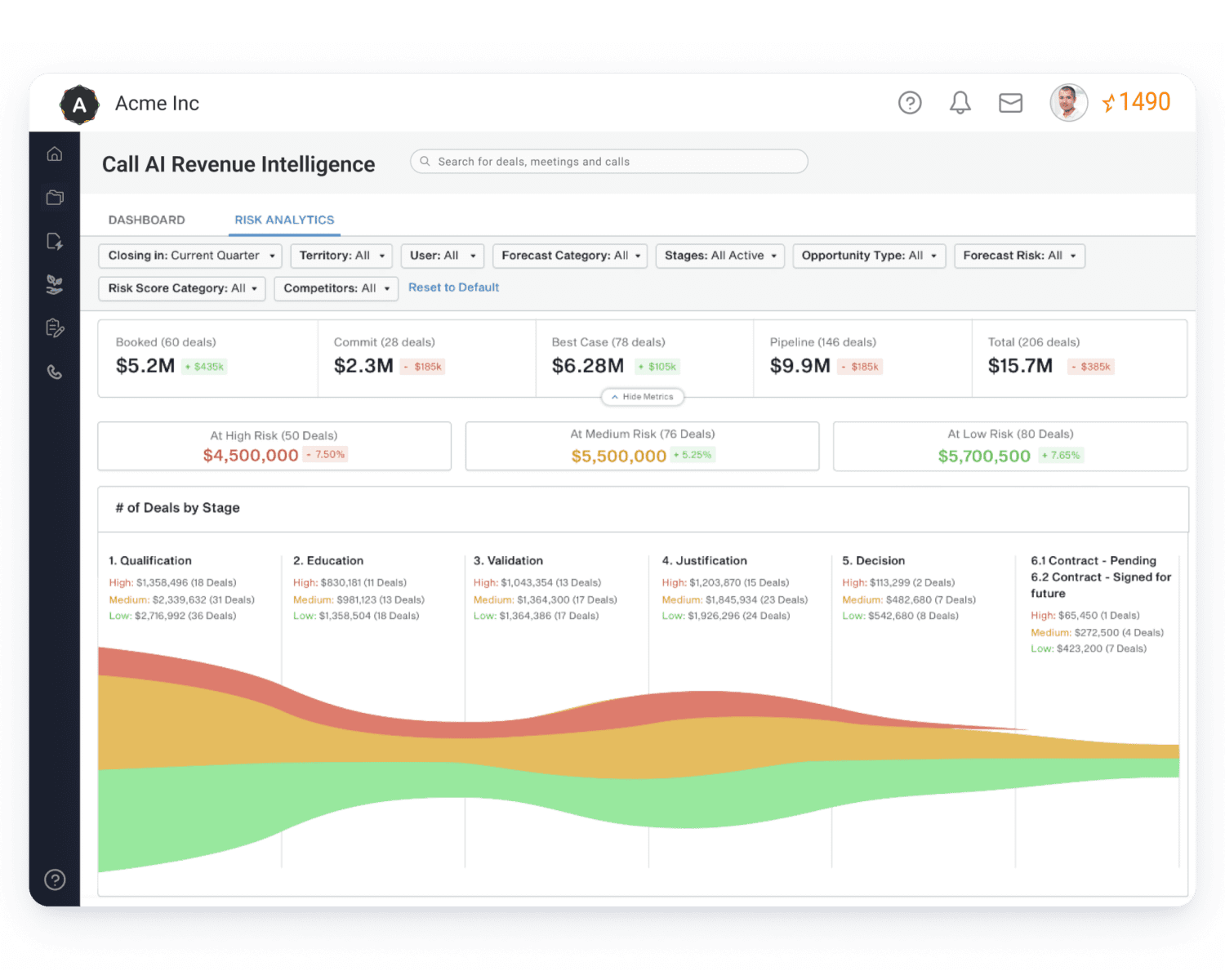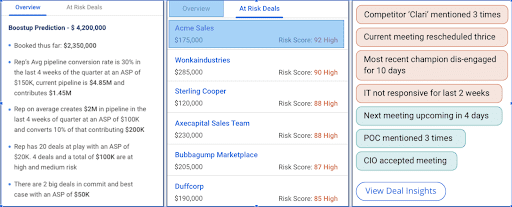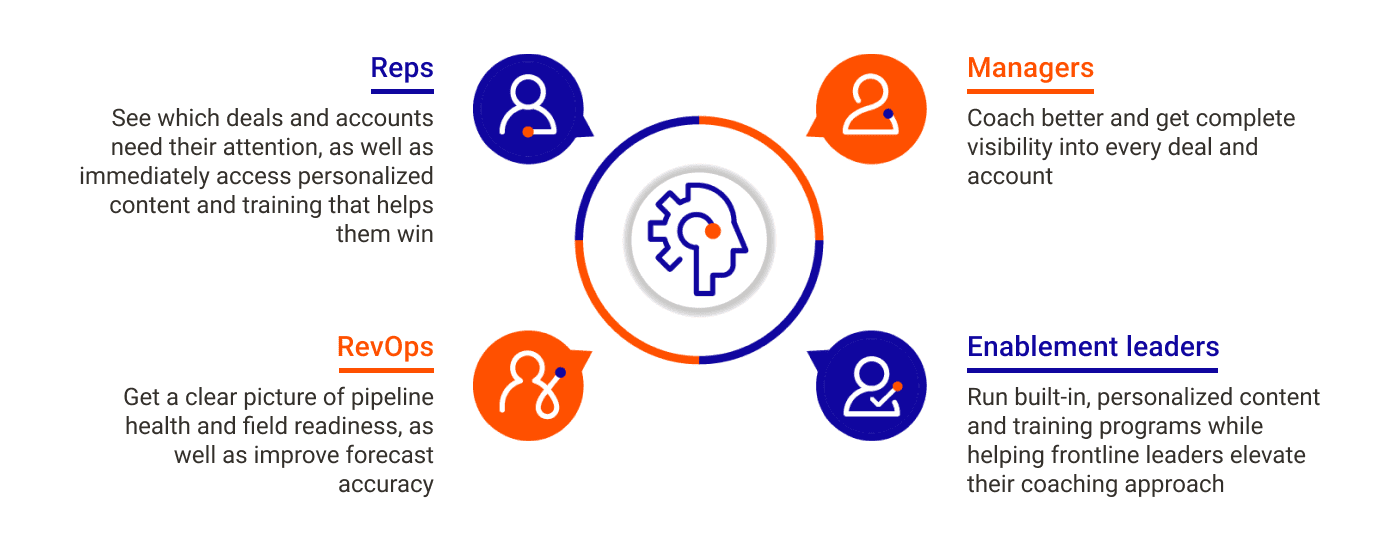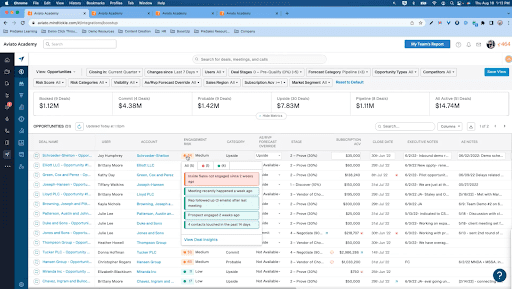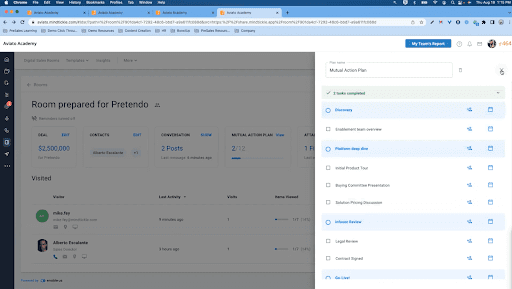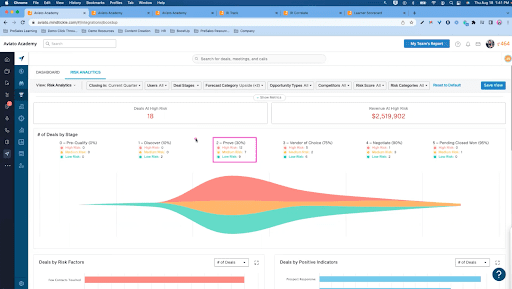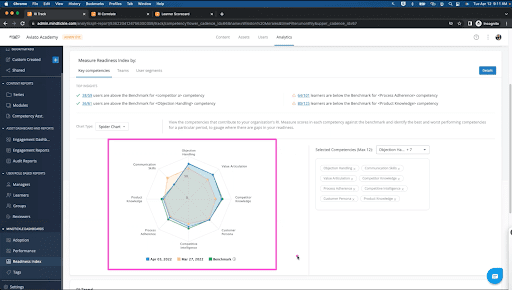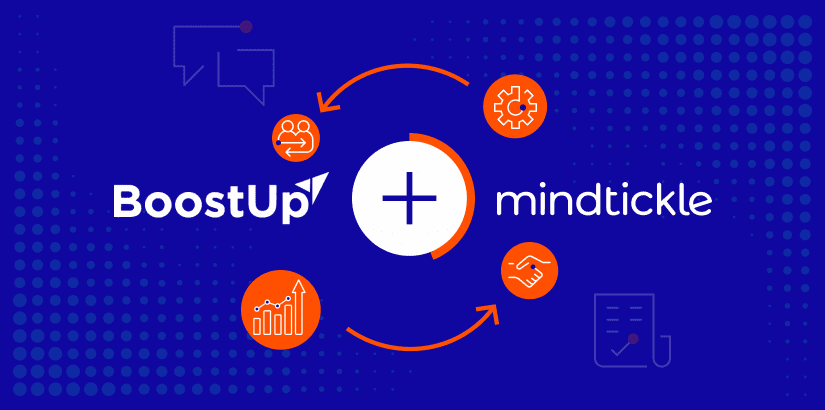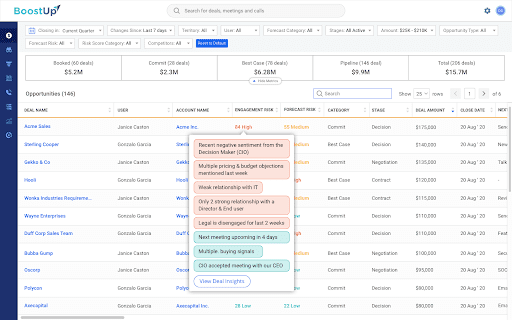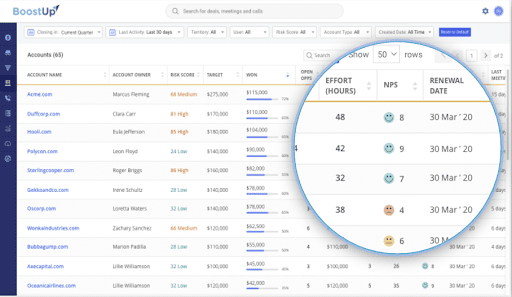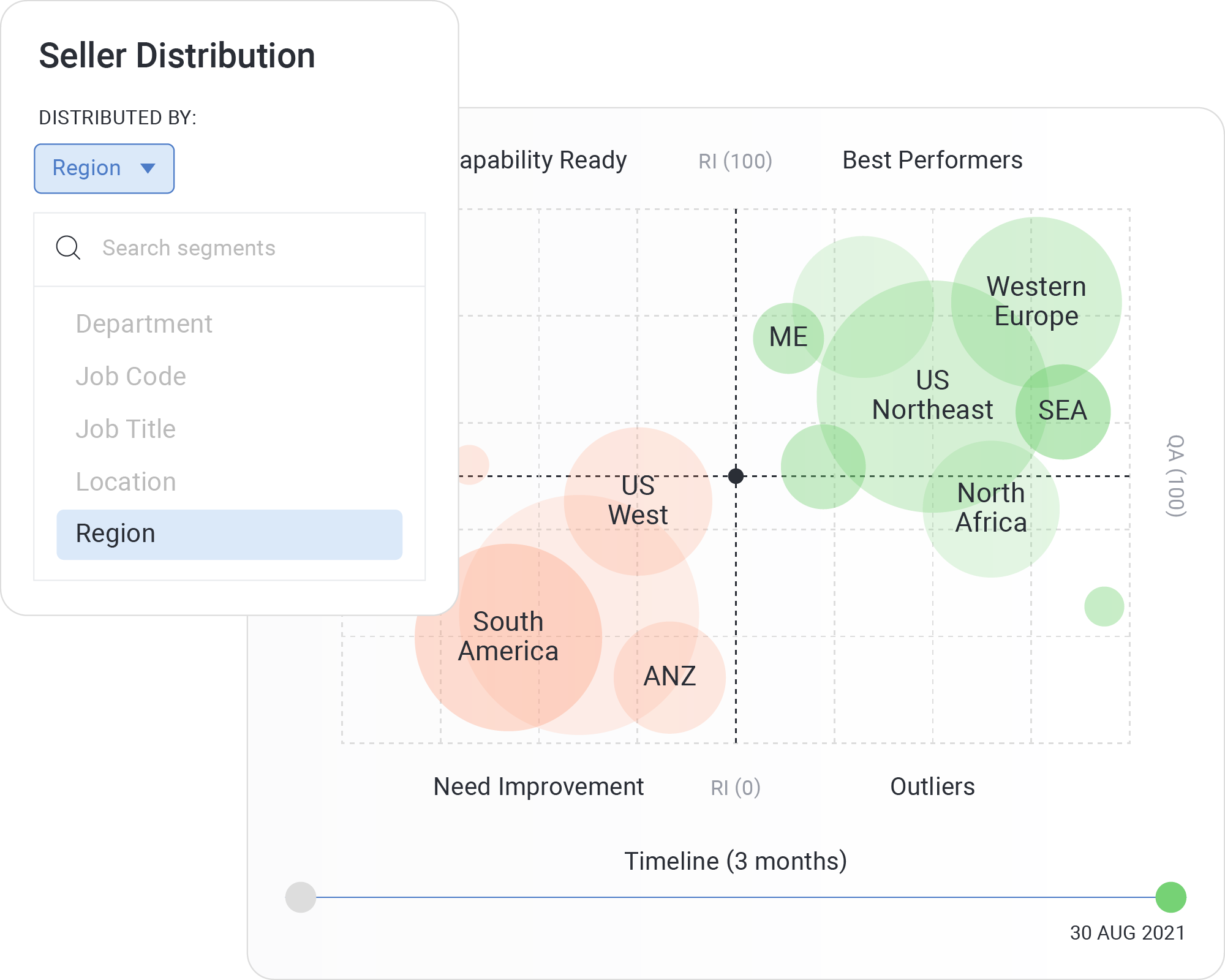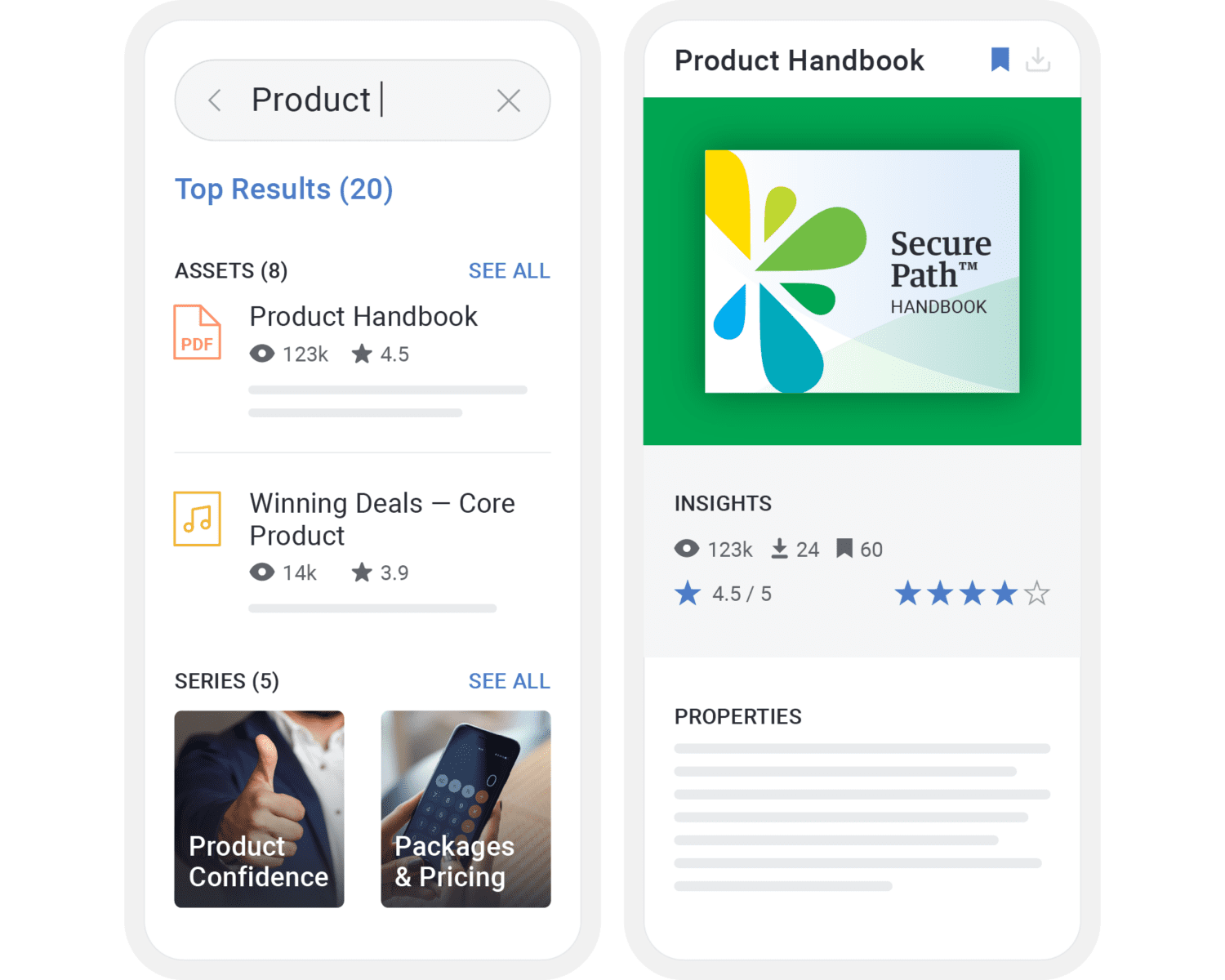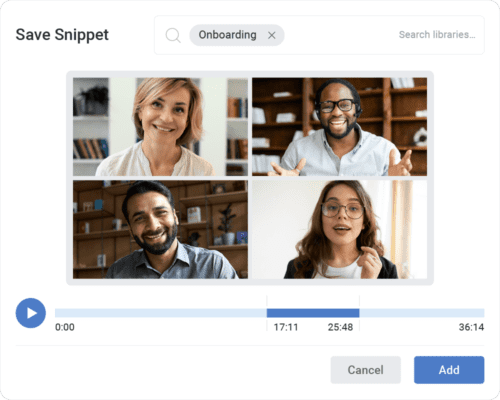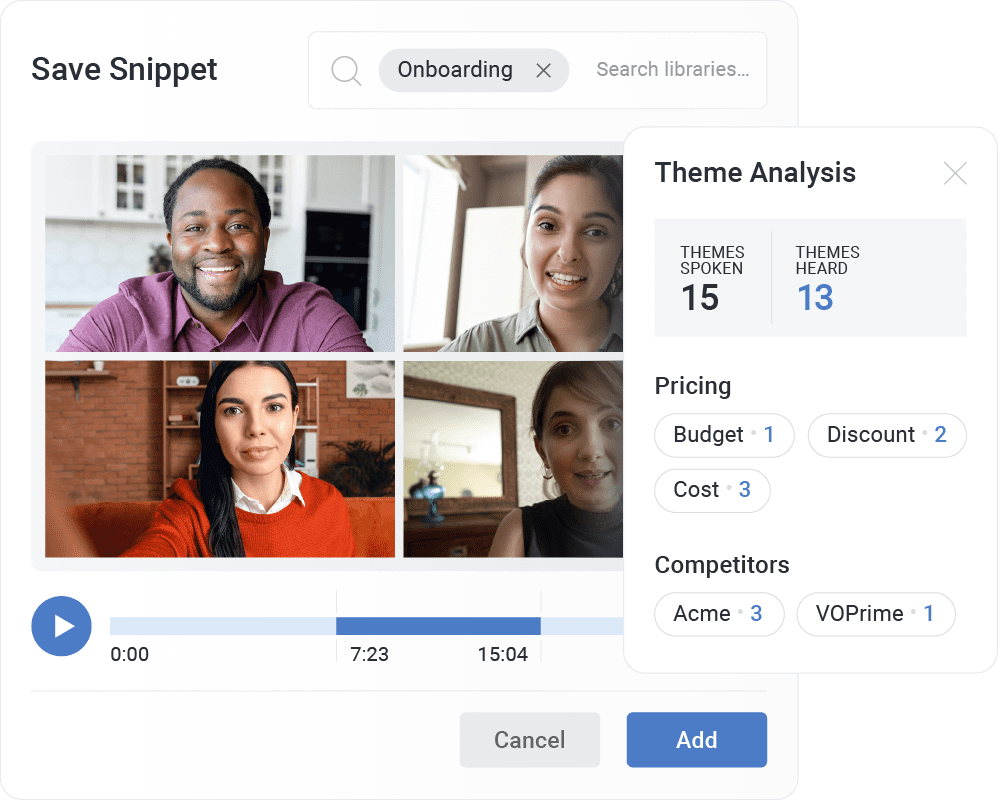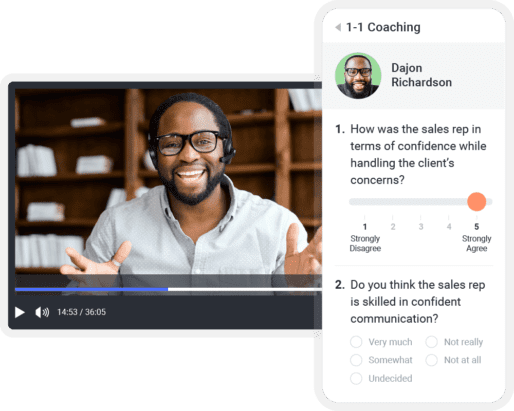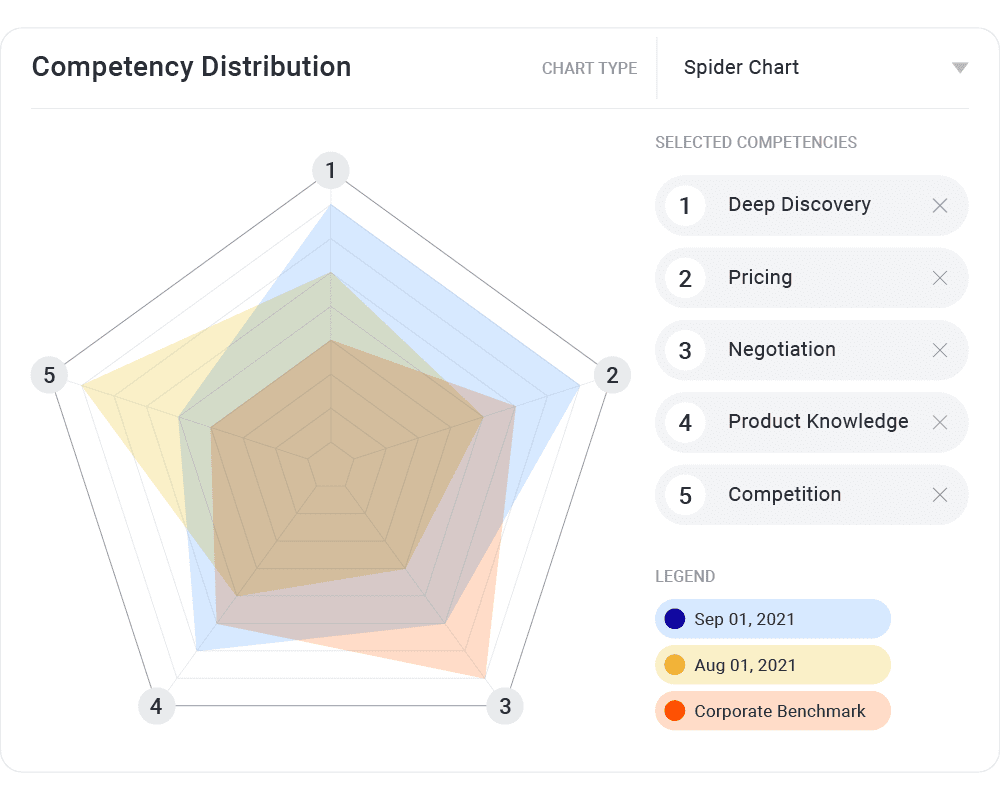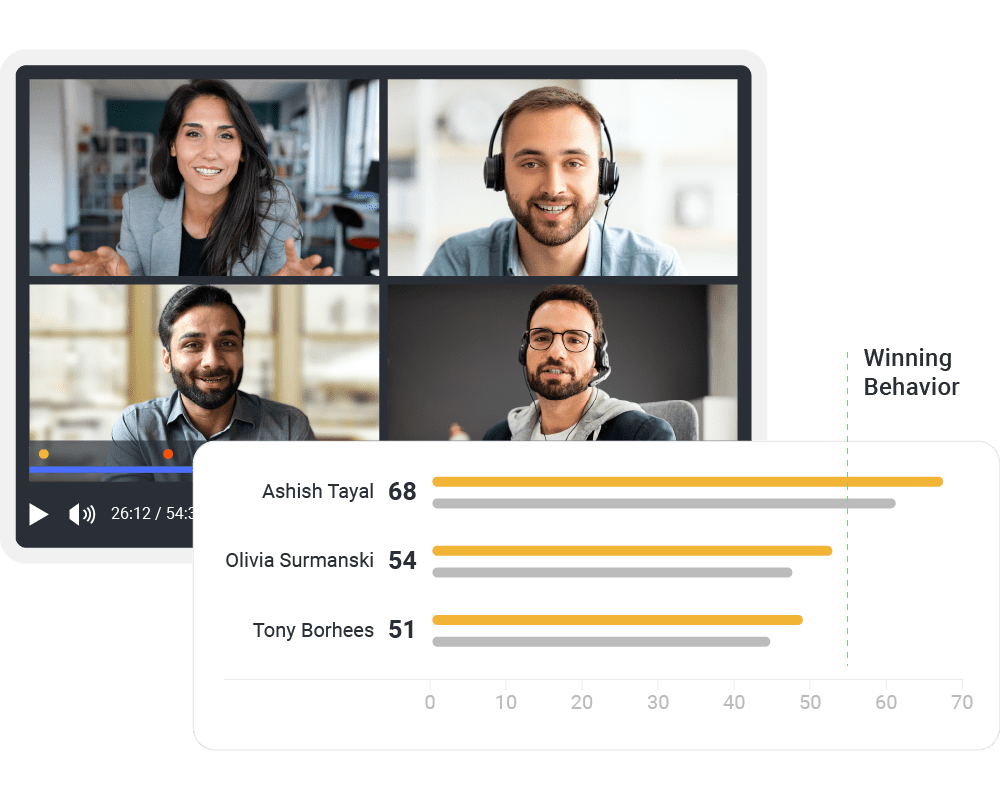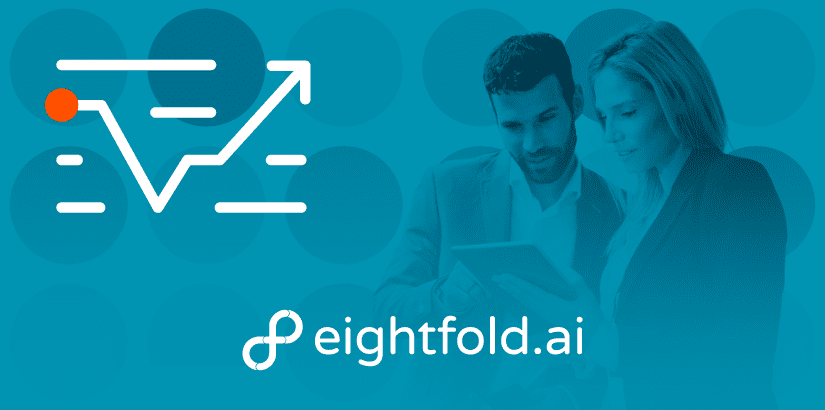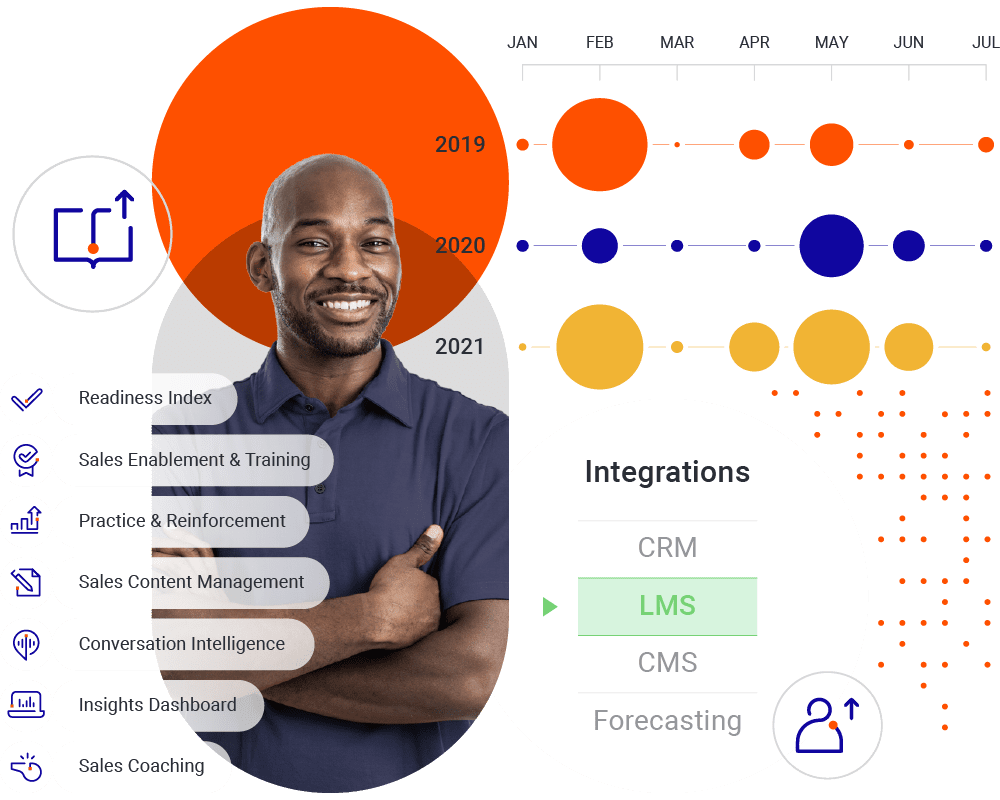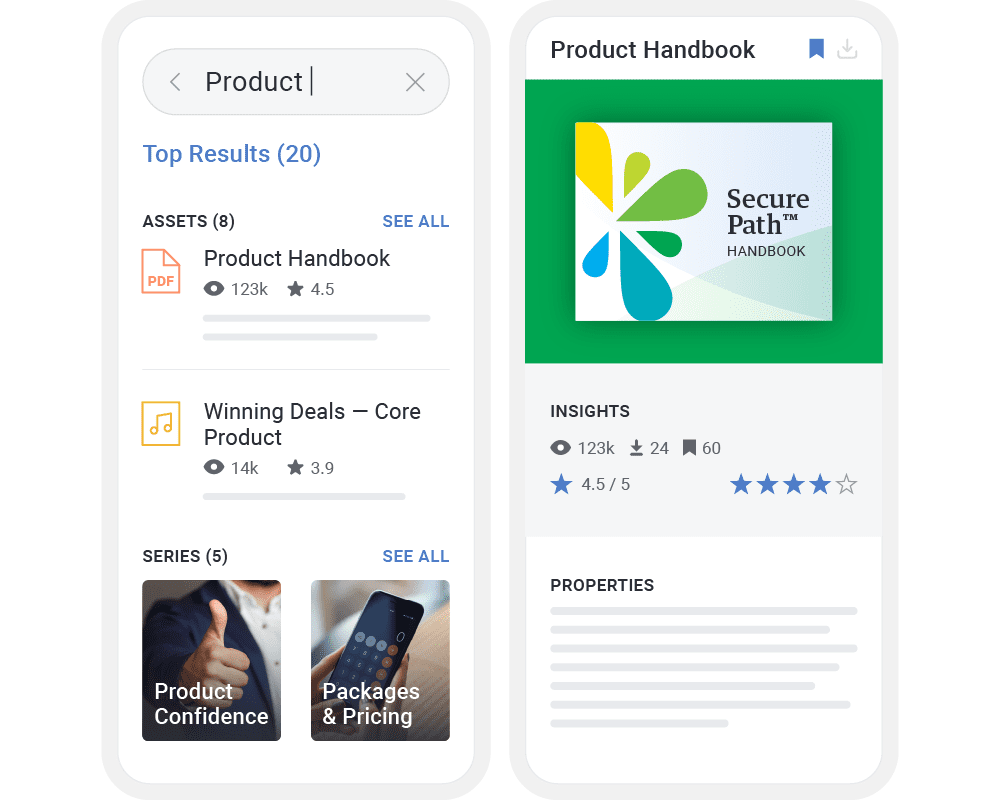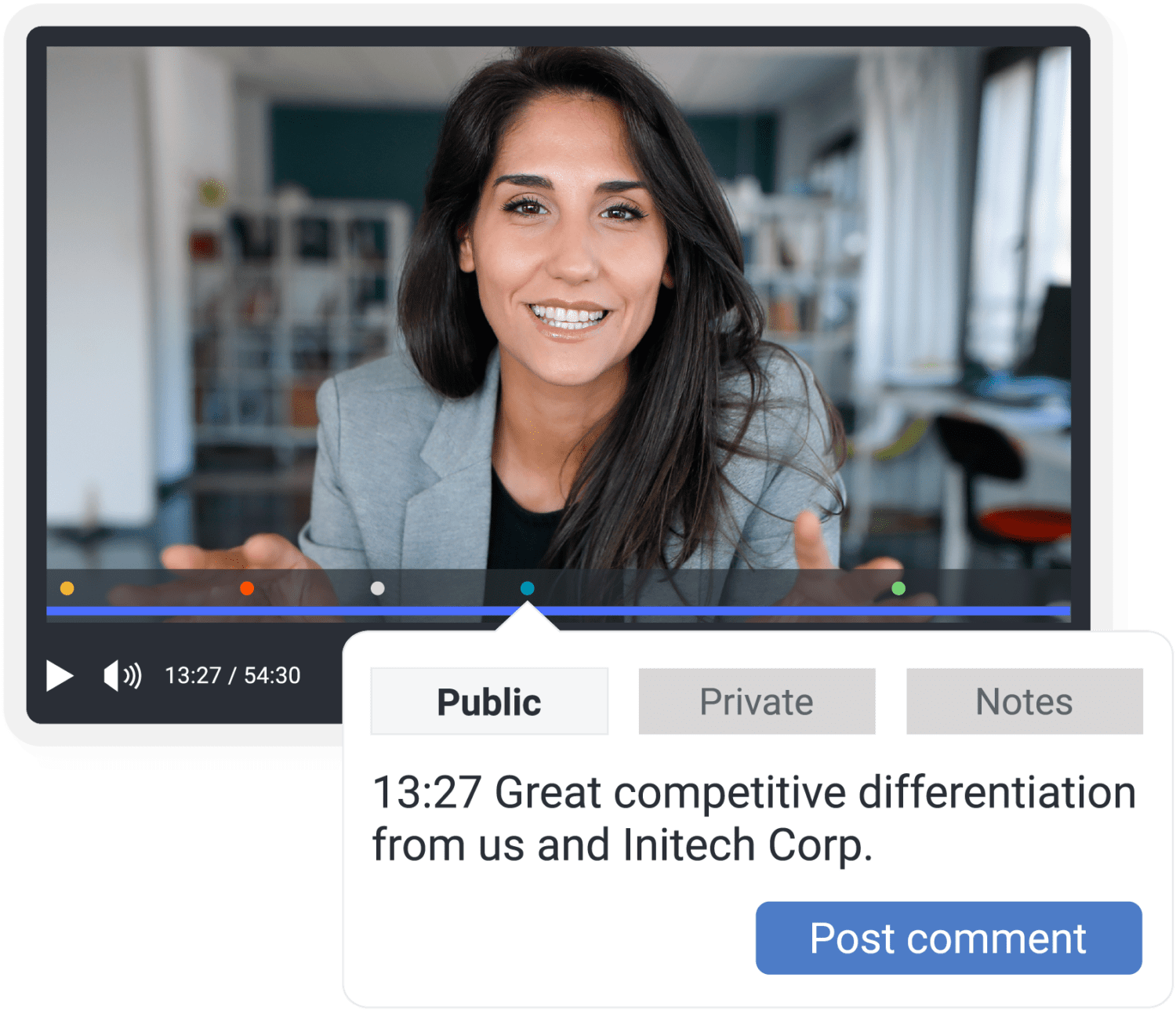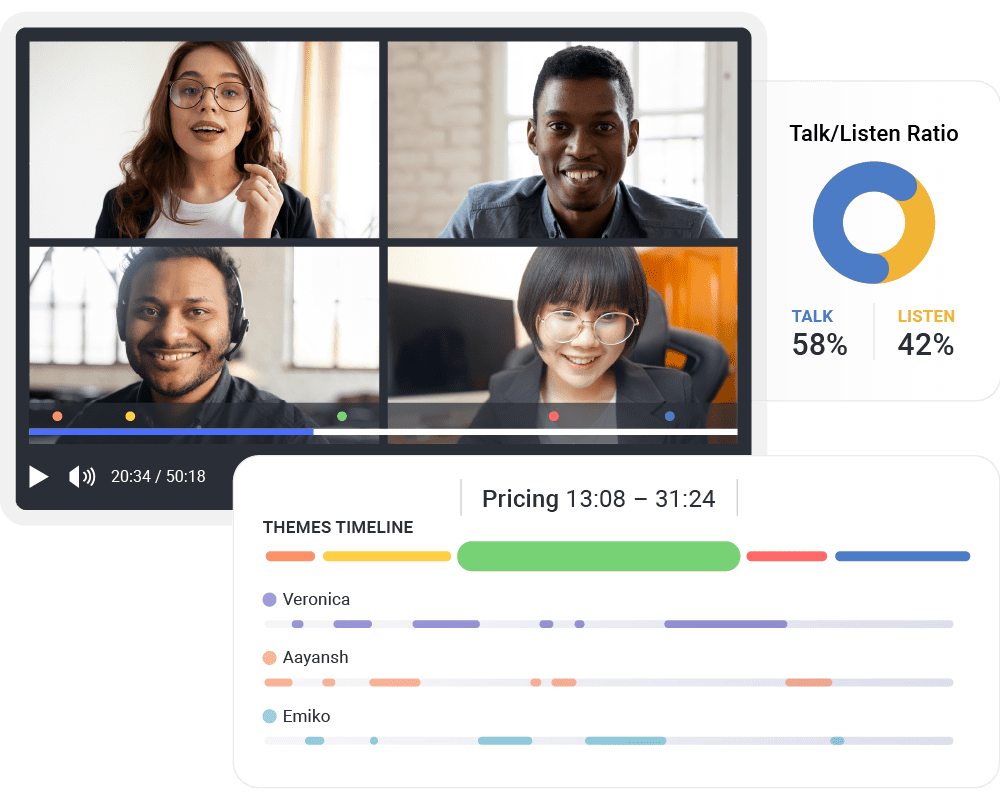7 Jaw-Dropping Stats That’ll Change Your Approach to Sales Discovery Calls
![]() Lindsey Plocek
on
May 2, 2023
Lindsey Plocek
on
May 2, 2023
In many ways, sales discovery calls are the heart of the whole sales process. Much like a first date, a discovery call allows reps and prospects to decide if it makes sense to move the relationship forward.
But discovery calls are like dates in another way, too: They’re your reps’ first — and sometimes only — chance to make a great first impression. If the call is unnecessarily long, one-sided, or confusing to the prospect, there likely won’t be a second date.
So what’s the difference between a great discovery call that leads to a closed deal and a bad one that leads absolutely nowhere?
We looked at thousands of discovery calls recorded and included the findings in our 2023 State of Sales Productivity Report to identify the ingredients of a great discovery call. Here are four of our most important findings — and why they should make you rethink your entire approach to the sales discovery call.
Sales discovery process
Let’s get one question out of the way right up front: What is a discovery call?
It may be the first impression — a chance for reps to touch base with prospects, share your value proposition, and address early concerns — but it’s not the first step. A sales discovery call occurs well into the overall sales discovery process.
Before a rep ever reaches for that phone, they’ll likely need to:
- Perform preliminary lead qualification or scoring
- Capture valuable information from forms, demo requests, or other interactions
- Perform research on the lead — including goals, pain points, company background, and more
- Identify vital points or topics to mention during the call
- Create a plan, including discovery questions and call duration
- Request the call in a way that outlines goals and respects the lead’s time
In this video, I share some more own secrets for great discovery.
These tasks lay the groundwork for a successful discovery call. They also help ensure that both the rep and the prospect will get their questions answered, achieve certain goals, and make good use of the available time. Perhaps most importantly, they create an environment that supports sales acceleration and revenue intelligence solutions by setting up your reps to gather the right information at the right time.
Key sales discovery stats
With the basics out of the way, it’s time to find out what a great discovery call looks like. Here’s what our research says:
The average sales discovery call is 38 minutes long
A successful sales discovery call can’t be too long, or prospects may feel that it drags and lacks focus. Of course, the opposite is also true; spending too little time on a discovery call leaves unanswered questions and creates frustration.
If your reps’ sales discovery calls are significantly over or under 38 minutes, you should do some digging. Consider monitoring the calls to find out:
- What questions are being asked
- Who is talking most — the rep or the prospect
- How the call is structured
- What the outcomes are
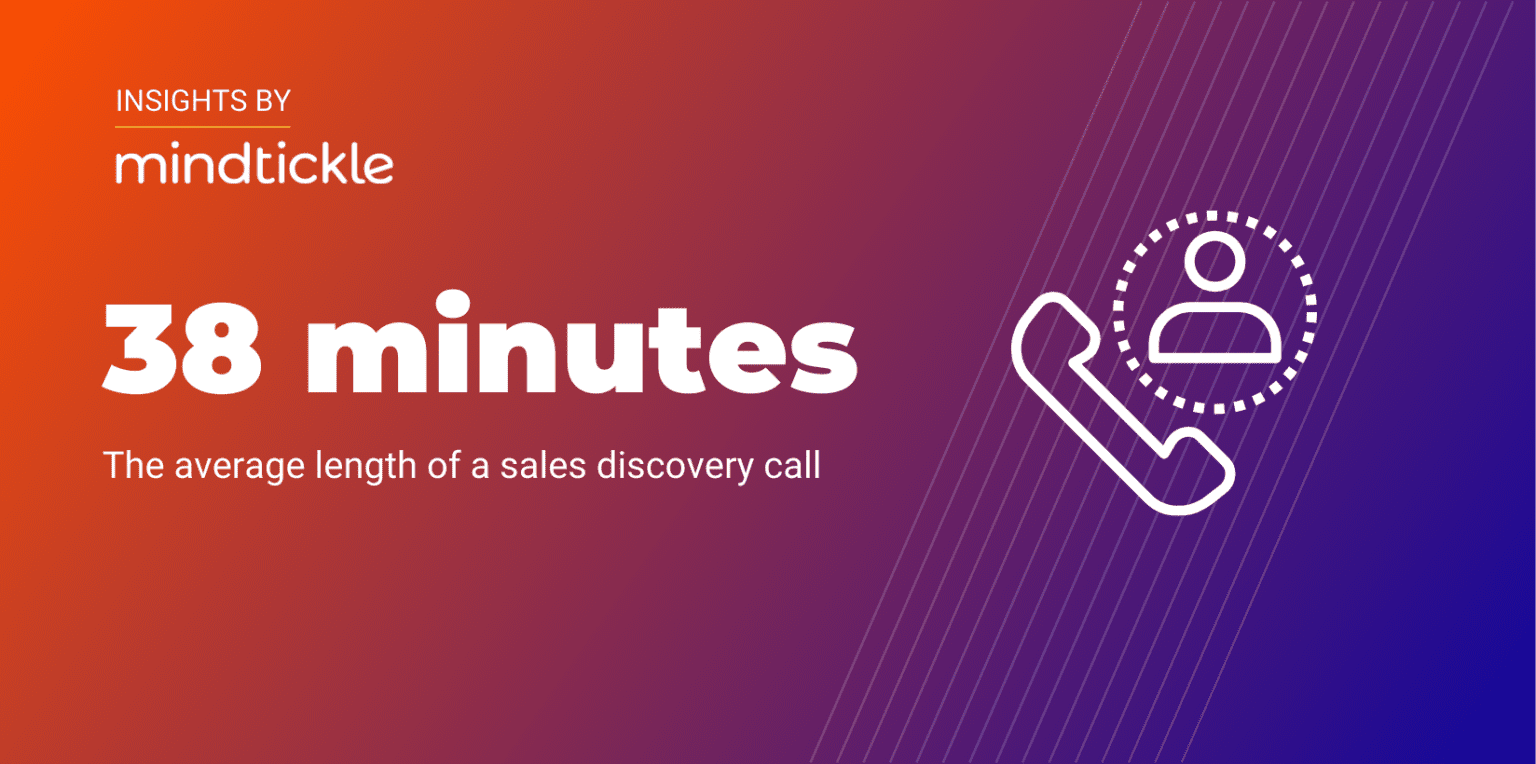

On average, reps talk for 57% of the discovery call
Our numbers show that talk time has shifted over the past year. Prospects are talking less — around 38% — which is significantly lower than last year.
Meanwhile, reps are talking more. It’s true that the best reps develop rapport and relationships with their prospects, but it’s also important to make sure a sales discovery call doesn’t feel one-sided.
If your reps are talking markedly more or less than this 57%, review call recordings or talk to your team to see:
- How they’re using their talking time
- What word choices they’re making and whether they’re using too many filler words or unnecessary questions
- Whether they’re “making up for” a less engaged or talkative prospect by talking more themselves
- Whether they’re having trouble “breaking in” if a prospect is talkative
- How they manage the flow of the conversation
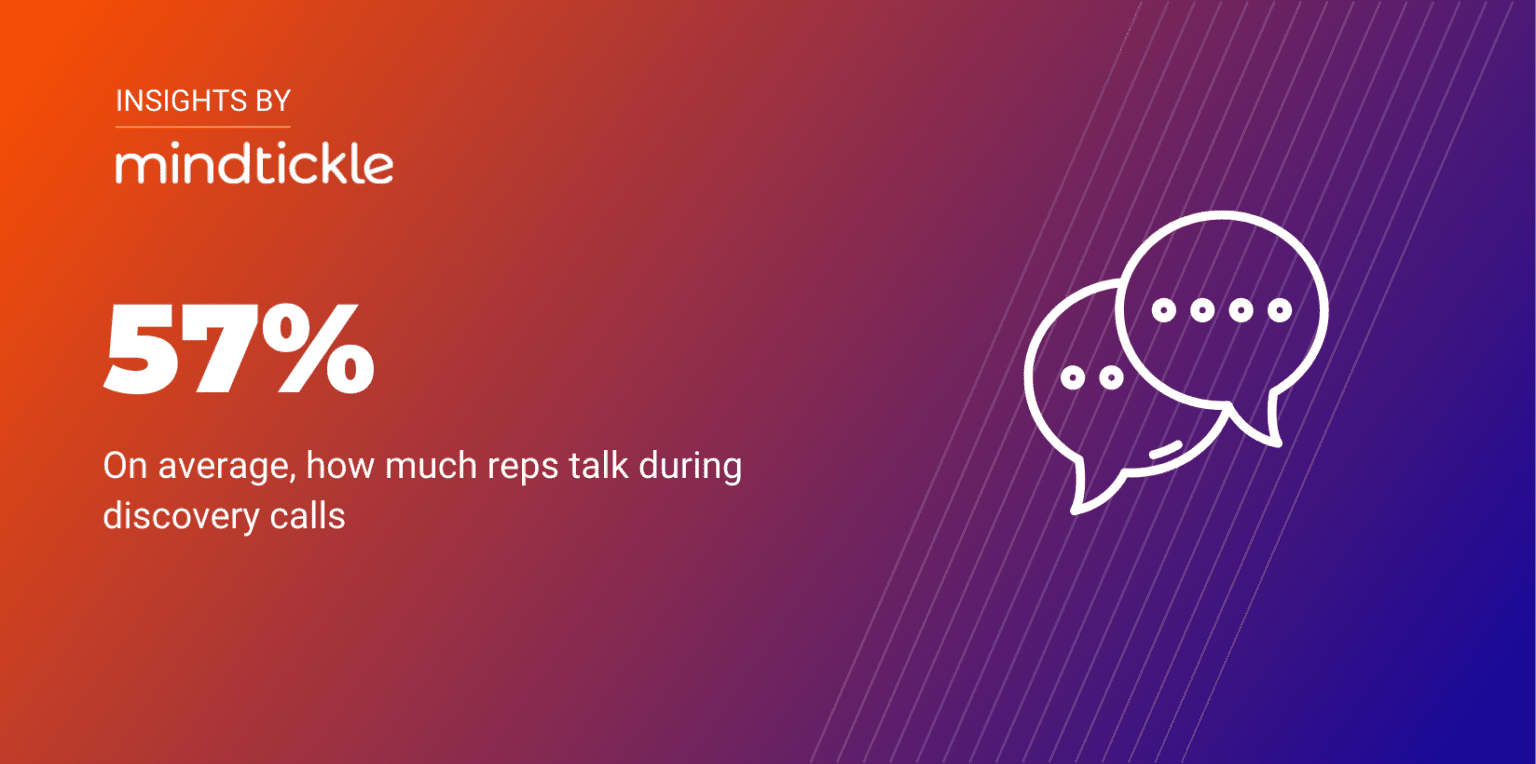

The longest rep monologue is about 3 minutes
On average, the longest monologue a rep delivers should last about 2 minutes and 43 seconds. That gives the rep plenty of time to hit on the important points and topics identified in their preliminary research, but it also keeps them from dominating the conversation or giving prospects a chance to get bored and disengage.
What if your reps aren’t following this pattern? Uncover details on:
- An individual rep’s longest monologue time
- How much a rep is talking overall
- Which topics take longer to explain (which may indicate a need for sales coaching)
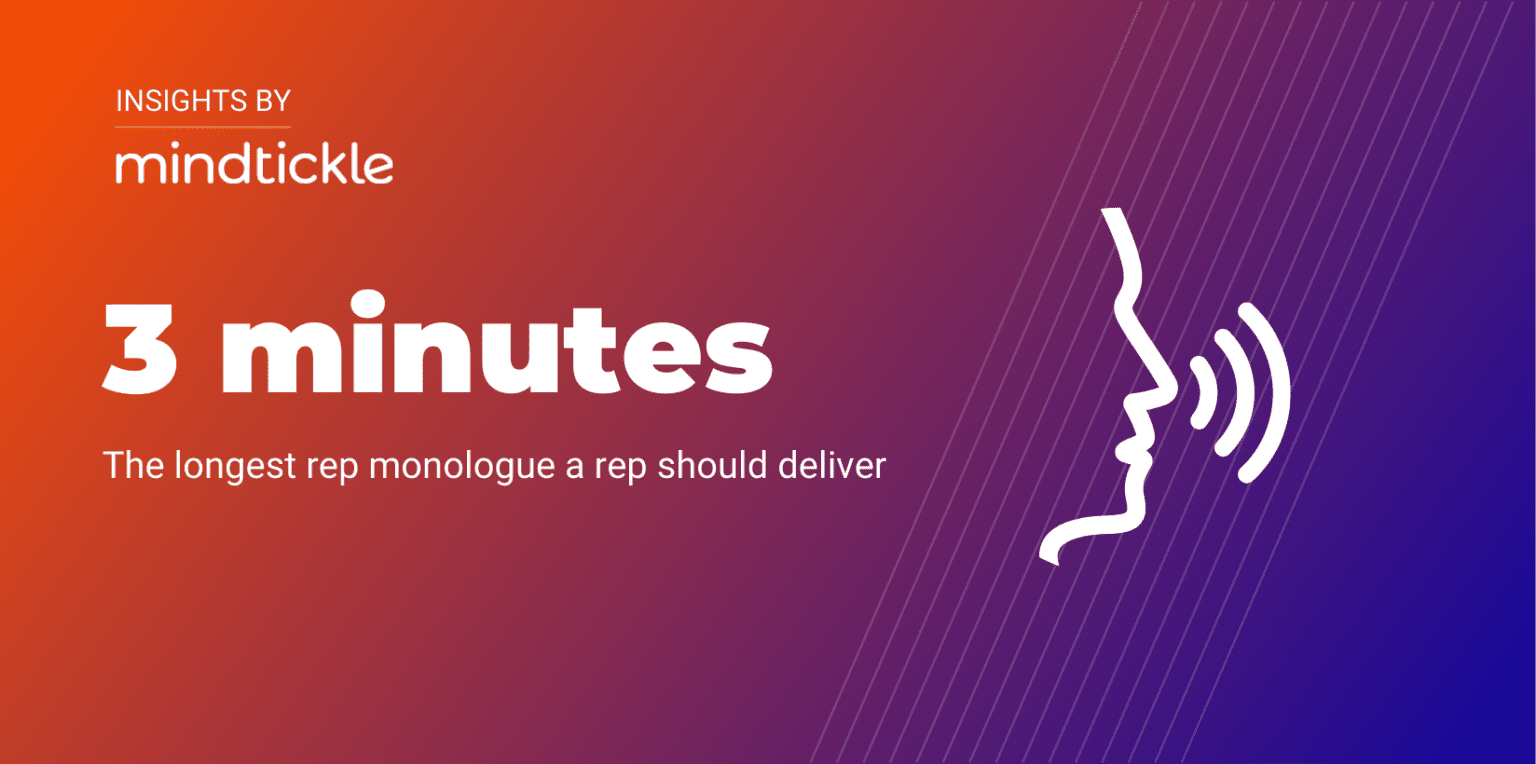

Reps ask about 25 questions and answer 18
Keep in mind that a great discovery call is always a two-way conversation. Both the rep and the prospect should be asking and answering questions — and when things are really going well, these questions will flow naturally into one another rather than feeling like part of a script.
This year, the number of sales call discovery questions from both parties increased significantly. If you notice your data doesn’t match, find out:
- Who is asking the most questions
- What kinds of questions are being asked
- Whether each question has a complete, accurate answer
- How often reps are unable to answer a question
- Whether reps are asking the most effective, helpful questions
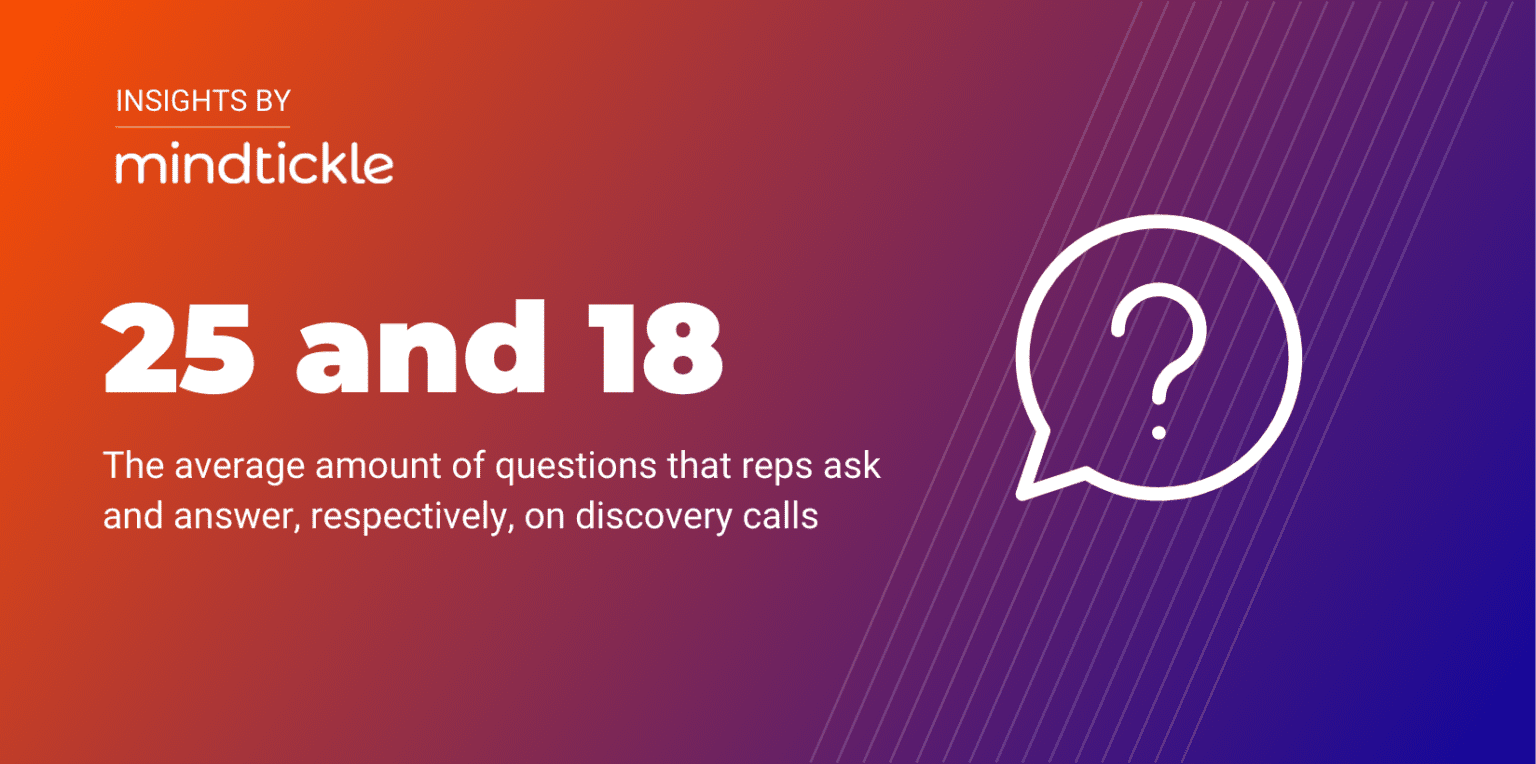

Sales call discovery questions
When planning a sales call, reps know it’s important to ask the right kinds of questions. This isn’t the time to ask for answers that are readily available elsewhere — like on the prospect’s company website.
The most productive sales reps ask these four types of discovery questions:
- Qualification: Determine if an opportunity is worth pursuing
- Problem area: Identify a prospect’s needs and uncover a hole that only your solution can fill
- Methodology: Uncover insights that move deals forward, such as who the key decision-makers and influencers are
- Credibility: Demonstrate an understanding of a company’s business model and industry-specific challenges
Here are a few example questions:
Qualification
- What does your budget look like?
- What are the main hurdles in choosing and implementing a solution?
- What is your timeline?
Problem area
- What are your goals, and what’s keeping you from reaching them right now?
- How satisfied are you with your existing solution?
- What are you looking for in a new solution?
Methodology
- Who are the key decision-makers in your organization?
- What is the size and structure of your team?
- What does your current tech stack look like?
Credibility
- How does [industry trend or event] impact your company right now?
- Why do customers come to you for [product or service]?
- How do you beat competition such as [competitor] in [key performance metric]?
Reps should always listen for opportunities to up- and cross-sell. However, their main goal should be laying the groundwork for a successful relationship by obtaining sufficient information, having helpful conversations, and presenting your company as the best possible solution to a given problem. They should also quickly and clearly lay out the next steps to indicate interest in continuing to support the prospect.
Nail your next sales discovery call
No one goes into a first date without a little preparation. Your reps need support, tools, and strategies for lead research, scoring, question development, call strategy, and more — and that’s where Mindtickle comes in.
Mindtickle is a revenue productivity platform that integrates all your data, processes, training, and even prospect or customer conversations. With all this information in one place, you can better prepare your reps for their next sales discovery call. Better yet, you can track sales performance and other key metrics to see what’s working (and what isn’t).
Want to learn more about how to ensure every seller is ready to lead discovery calls that clinch that second meeting? Schedule your Mindtickle demo today.
This post was originally published in July 2021 and was updated in May 2023.





